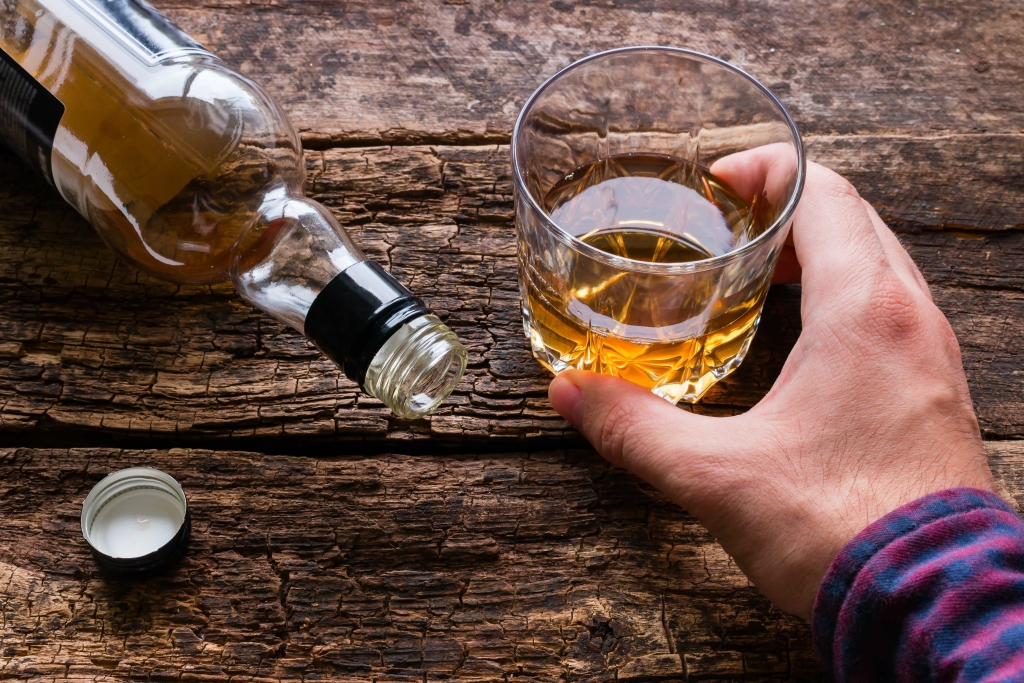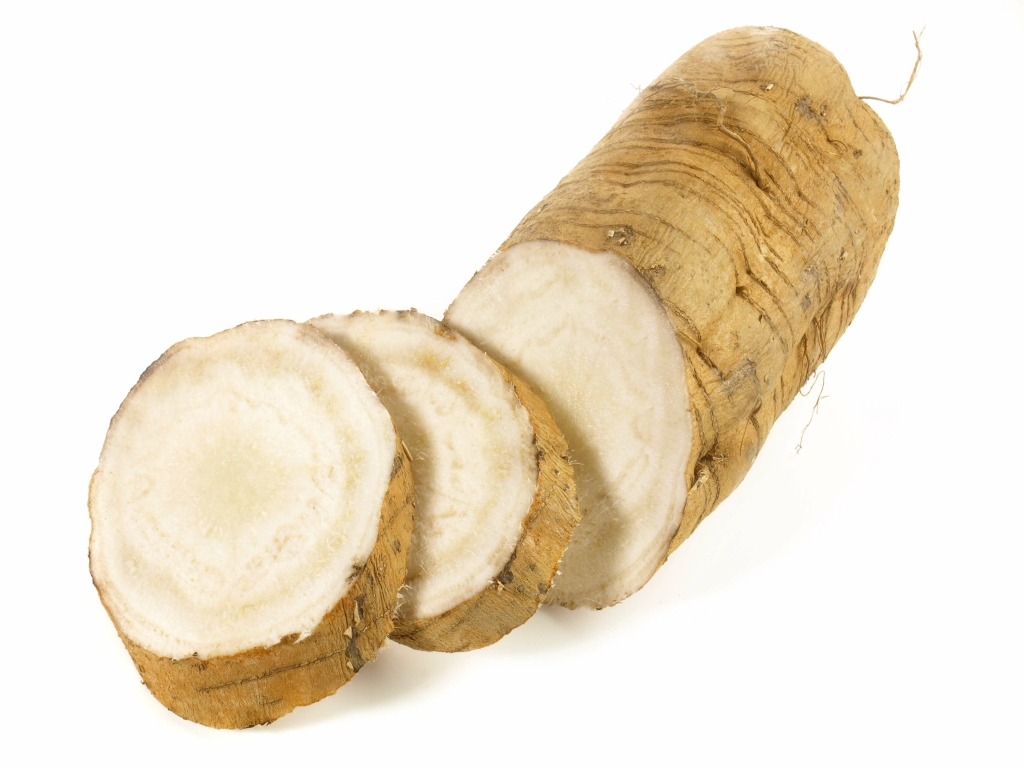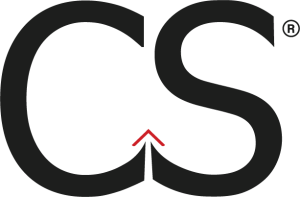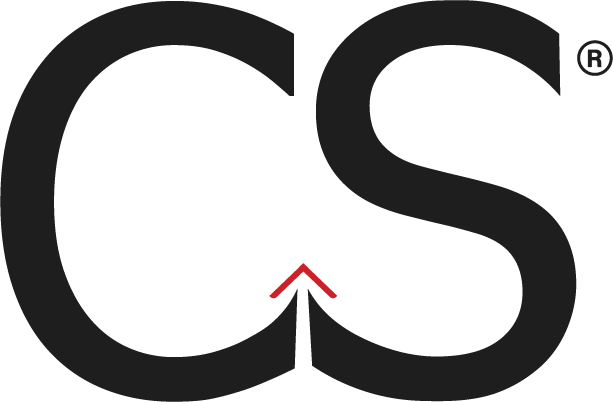A similar experience was had by Megan Wilcox, Alcohol-Free Mindset Coach and creator of SobahSistahs. She was originally aiming to moderate her drinking while learning about sobriety and alcohol-free living. Over time, she gradually decreased her alcohol intake and decided to live fully alcohol-free. However, drinking felt like liberation, but it often left me trapped. Waking up with a raging hangover, cringing at texts or apologising for things I didn’t remember wasn’t empowering; it was confirmation that I was using alcohol as a crutch to manage insecurity and discomfort.

Why are people sober curious?
The movement has encouraged more sober-focused events such as yoga retreats, meditation sessions, book clubs, online communities, and non-alcoholic dinner parties. Sober curious culture encourages a sober lifestyle, but welcomes individuals who aren’t willing, ready, or planning to give up alcohol completely. Now Dean consciously chooses to have a drink a few nights a week, and plans for it, so she can enjoy a cool cocktail on a hot day. “One thing that’s really worked for me is trying to think of it like cake,” she says.
Why Sober Curiosity Is Growing
- One in five admitted to trying a nonalcoholic drink just because it looked cool.
- You might even discover that the things you thought you enjoyed, like staying up way too late, were only tolerable with a drink in hand.
- This leads to higher concentration of alcohol entering the bloodstream, so women are more susceptible to its effects.
- According to the CDC, all forms of alcohol are linked to increased risks of certain cancers, including colorectal and breast cancers.
So far, there are a handful of studies that point to some benefits of abstinence for even moderate drinkers — in addition to the widely recognized benefits for people who have alcohol use disorder. If you’re curious about where your drinking falls on the spectrum, and if you could benefit from cutting back, consider taking our quick alcohol use assessment. Basically, the goal is to become more aware of your drinking habits, why you choose to drink, and become more mindful of your consumption. On the flipside, staying sober or drinking moderately has tons of perks. It means having fun experiences and making memories with family and friends, feeling present, energetic, and engaged.
What Percentage of Americans Don’t Drink
The movement has seen influencers team up with brands that specialize in non-alcoholic options, showcasing how enjoyable and sophisticated these drinks can be. This alcoholism treatment engagement helps to normalize the choice of abstaining from alcohol and encourages broader acceptance of the sober curious lifestyle. The involvement of celebrities creates a ripple effect, inspiring fans to consider their drinking habits and possibly adopt a sober curious approach.
How to be sober curious
If the sober curious journey has inspired you to reevaluate your relationship with alcohol, it’s important to remember that support is available. At 12 South Recovery, we’re here to help you through every step of the process, whether you’re just starting to ask questions or ready to seek addiction treatment. The https://www.barbellfrontraise.com/25-easy-ways-to-get-started-with-sustainable/ sober curious movement is more than just a trend; it’s a reflection of changing attitudes toward alcohol and well-being. Whether you’re considering a temporary break from drinking or a more permanent lifestyle change, the movement encourages a deeper understanding of how alcohol affects your life.

One of the stumbling blocks to sobriety is the social aspect of drinking. Grabbing a drink has been sober curious ingrained in pop culture for generations, and it’s central to how many people practice friendship. Consumer preferences have evolved, particularly among younger generations. A 2018 study from the International Food Information Council revealed that 80% of millennials prioritize health and wellness when making dietary decisions. And the “sober curious” movement, famously backed by Chrissy Teigen in late 2021 gains traction every January.


